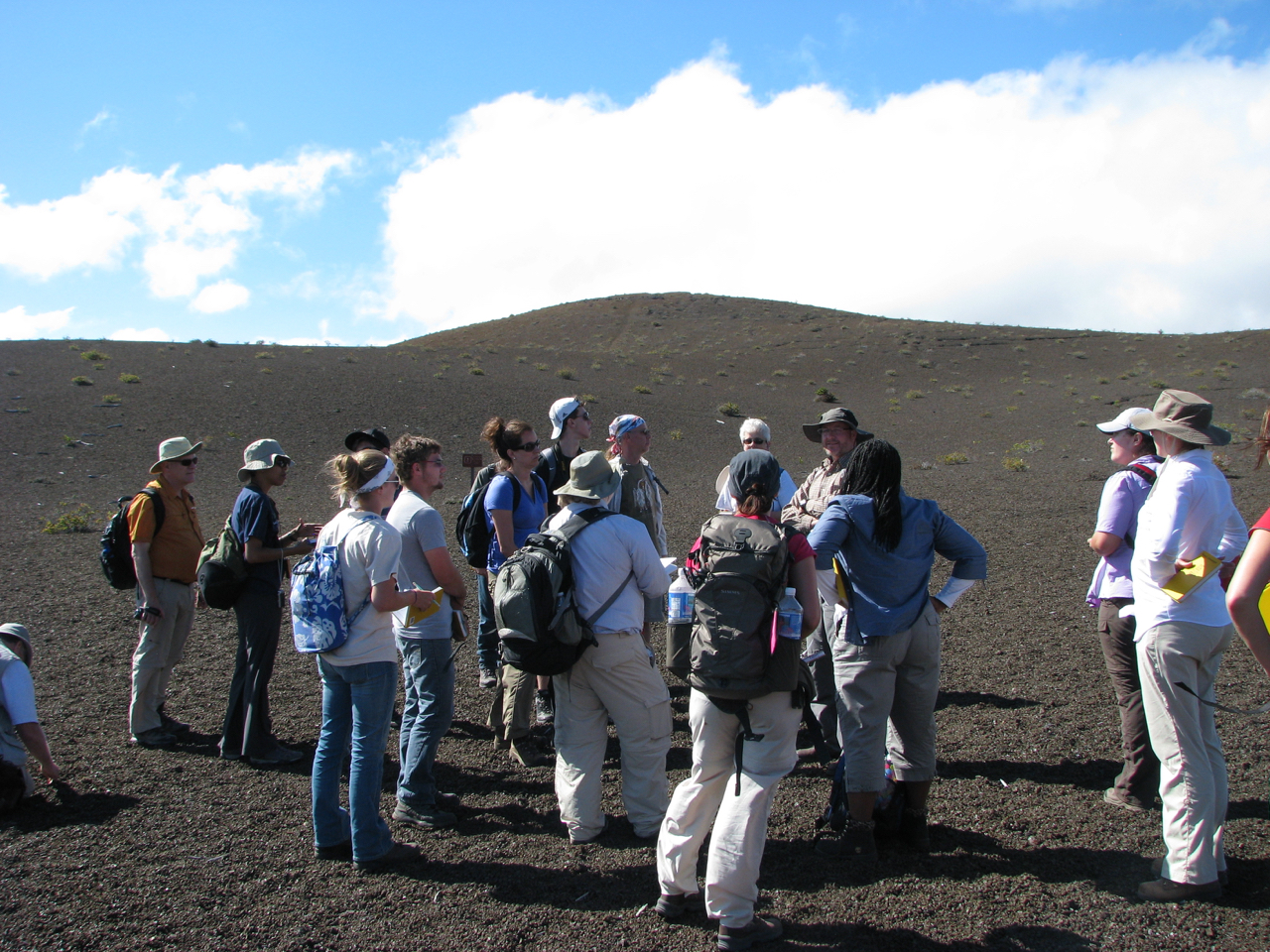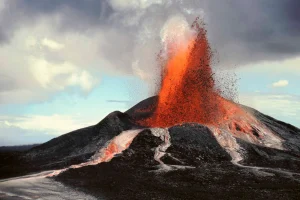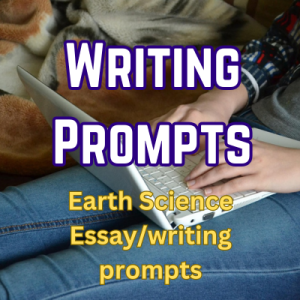Earthquakes happen almost everywhere – the sudden breaking of rocks to release tension built up in the crust and the shaking as the energy waves reach the surface. In some places, such as close to the boundaries between lithospheric plates, these events can happen frequently. In other areas, like mid-plate, they are uncommon events.
The movement of magma in the crust can also build up tension, as it squeezes its way through the rocks, causing earthquakes to occur in volcanic areas. Often these are discrete earthquake events, each being able to be measured for its location, depth, and magnitude, and these events can provide scientists with great information to understand the movement of magma and assist with them in predicting volcanic eruptions.

An earthquake event on Kilauea.
However, when there is a large injection of magma, these earthquake events become so frequent that they run into each other – the ground is continually shaking (normally at a relatively low energy level) and this is called volcanic tremor.
Unlike earthquakes, volcanic tremor can last for hours, days, or even longer. The tremor may precede an eruption and continue while the eruption is taking place.
Below is the seisogram trace from Kilauea, Hawaii in January 29, 1997, showing the onset of volcanic tremor.

I was fortunate to experience this event. I was staying in the village of Volcano on the Big Island of Hawaii in a small forest house which had windows on all sides. Around 11pm I was woken up by what I first thought was a heavy rainstorm. When I looked outside, no rain was falling and there was no wind. But the windows were all rattling. What was more curious, they were only rattling on one side of the house. Volcanic tremor had started, and the direction of the traveling earthquake waves made just one set of windows vibrate.
This tremor was associated with a new eruption event on the flank of Kilauea. But this was not unusual – Kilauea had been erupting almost continually since 1983.

Volcano related activities
If you are teaching your students about volcanoes, here are some great resources you can use in your classroom or just learn about volcanoes yourself
BLOG POSTS

Lava won’t kill you but these six things could!

Volcanoes as a STEM teaching tool

Cinder Cones – a unique volcanic feature.

Lava flows – can you outrun a lava flow?

Mapping lava flows – using color to work out relative ages
FREE ACTIVITIES
MEMBER ACTIVITIES
GEOetc Member (become a member here) can log in and get full access to over 100 resources. Below are just some of the volcano resources.

Teaching Volcanoes

Magma Paperclips

Eruption Styles

Writing Prompts

Volcanic Eruptions – Data

Plate Tectonics Battleships

Flow vs Sill

Hekla History

Lava Risk – interpreting a lava risk map

Thunder Island – volcanic eruption simulation

Climeworld Eruption

Where to build the Hospital – Lava risk

Mathematics on an Active Volcano

Engineering on an Active Volcano

Technology on an Active Volcano

Science on an Active Volcano



